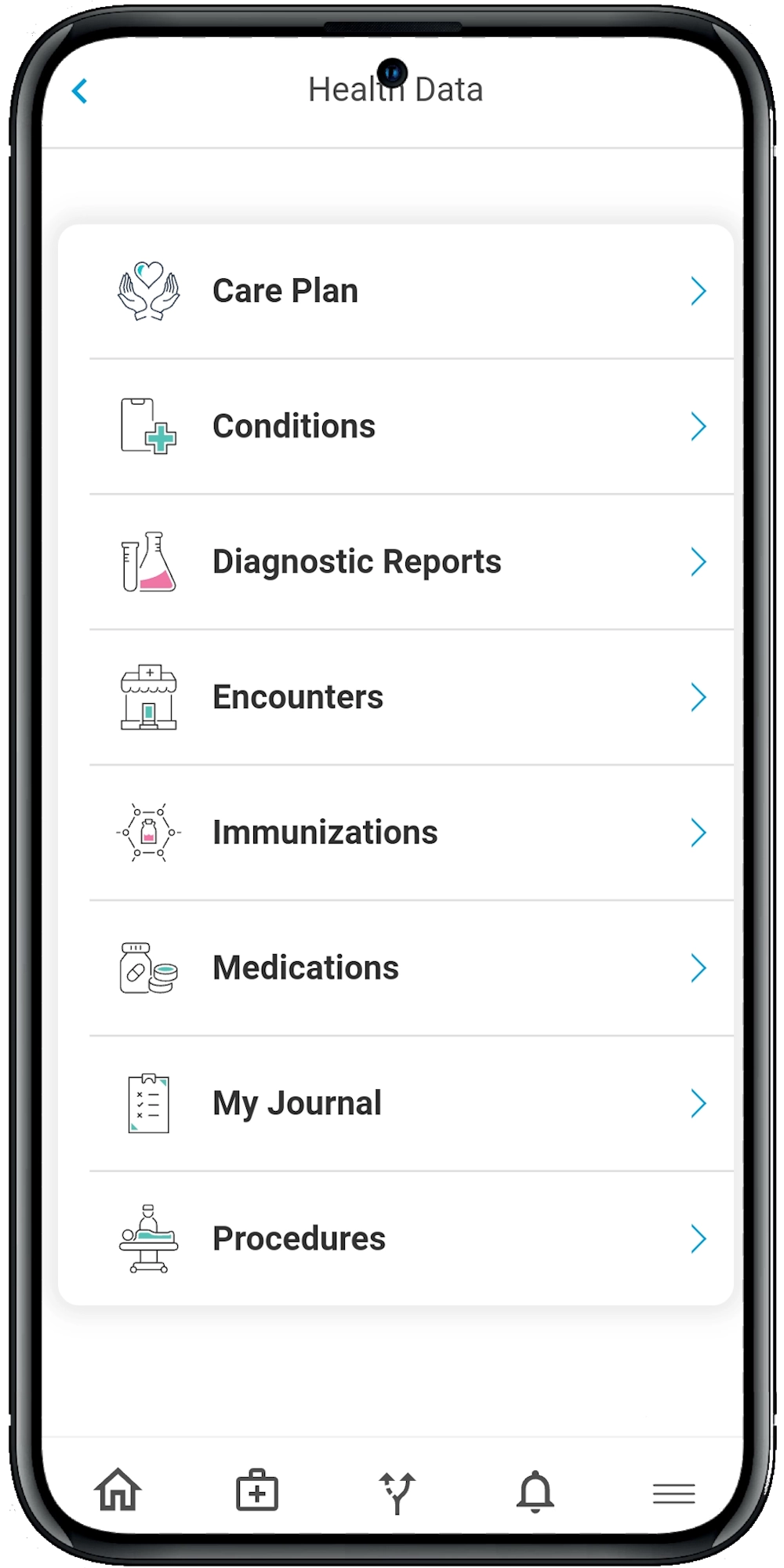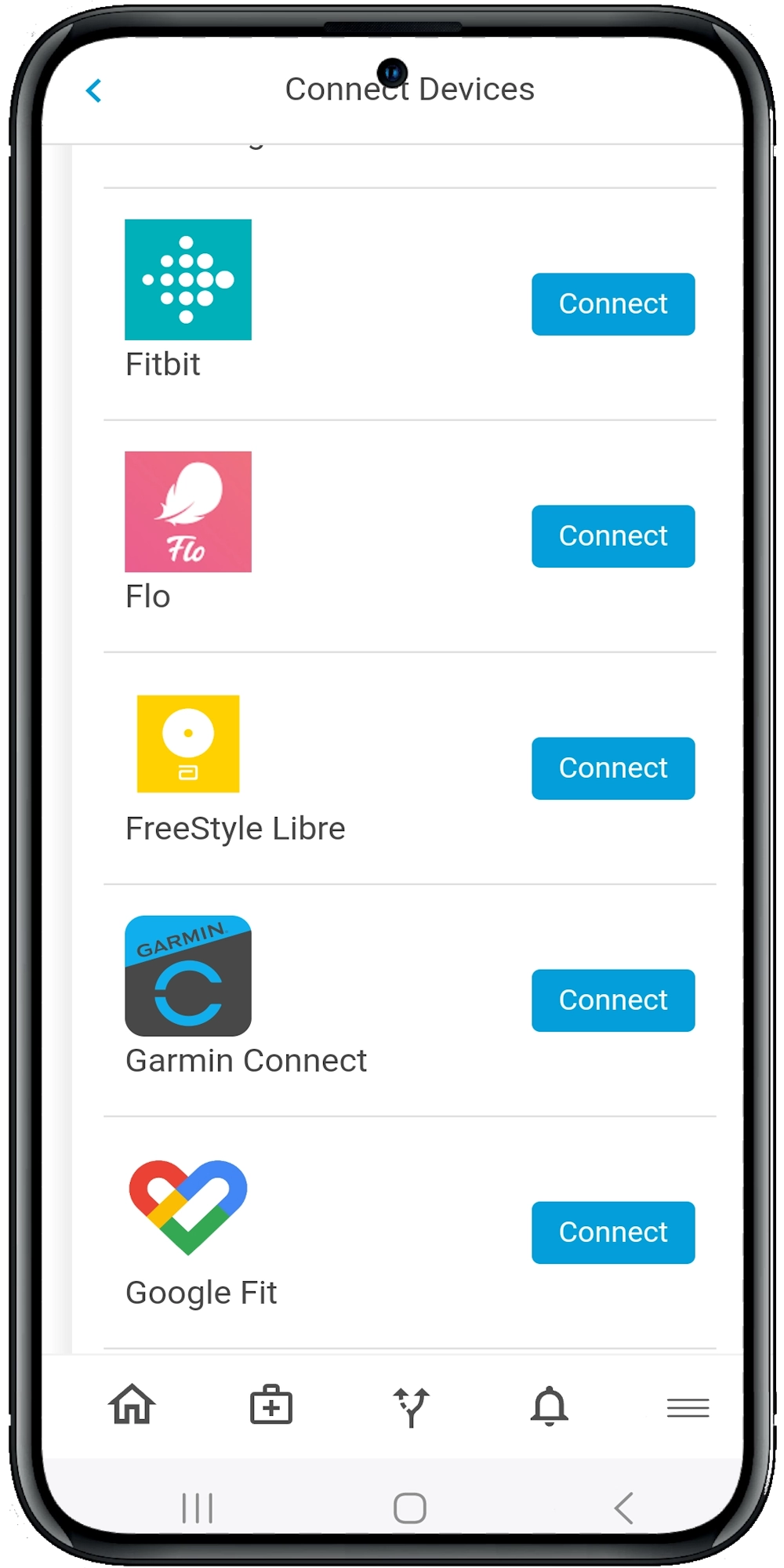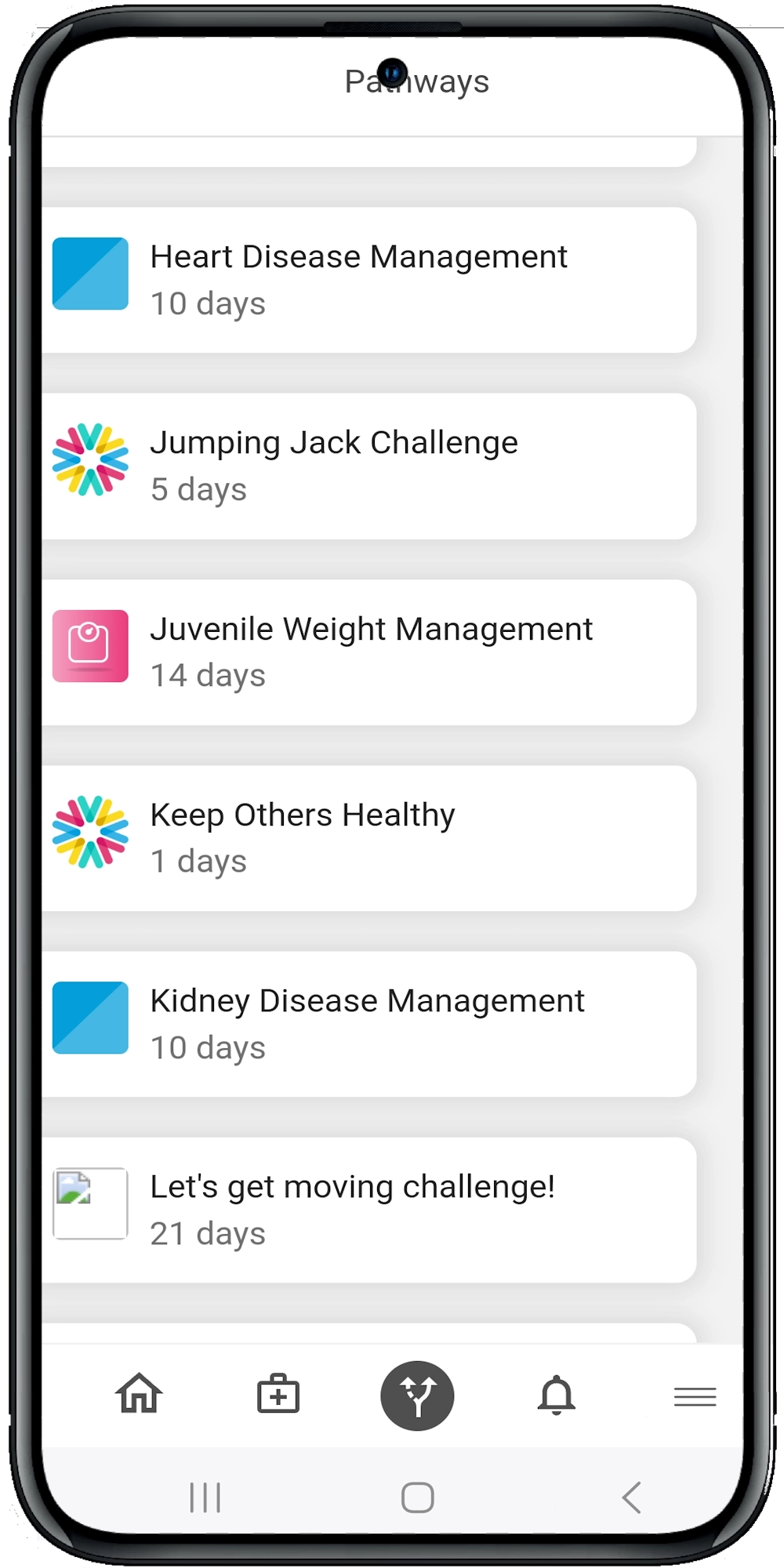AI-Powered Patient Engagement Tools for Osteoporosis Care
The Role of AI in Osteoporosis Care
Personalized Treatment Plans
AI algorithms can analyze patient data, including medical history, bone density scans, and lifestyle factors, to create personalized treatment plans. These plans can be tailored to meet the specific needs of each patient, ensuring they receive the most effective care. For instance, an AI tool might recommend a specific exercise regimen for a patient with a particular bone density profile, or suggest dietary changes based on their nutritional intake.
Predictive Analytics
Wouldn’t it be amazing if you could predict which patients are at the highest risk of fractures? AI can do just that. By analyzing data from various sources, including patient records and wearable devices, AI can identify patterns and predict the likelihood of fractures. This allows healthcare providers to intervene early, potentially preventing serious injuries.
Enhanced Patient Monitoring
Continuous monitoring is crucial for osteoporosis patients, but it’s often challenging to achieve. AI-powered tools can help by integrating with wearable devices to track patients’ activity levels, medication adherence, and even their risk of falls. These tools can send real-time alerts to healthcare providers, enabling them to take immediate action if needed.
Engaging Patients Through AI
Interactive Mobile Apps
Mobile apps powered by AI can offer interactive features that keep patients engaged. These apps can provide reminders for medication, suggest exercises, and offer educational content about osteoporosis. They can also use gamification techniques to make adherence to treatment plans more enjoyable. For example, patients might earn rewards for completing exercises or taking their medication on time.
Virtual Health Assistants
Imagine having a virtual assistant that can answer your patients’ questions 24/7. AI-powered virtual health assistants can provide instant responses to common questions about osteoporosis, medication side effects, and lifestyle changes. These assistants can also guide patients through their treatment plans, offering encouragement and support along the way.
Telehealth Integration
Telehealth has become increasingly important, especially in the wake of the COVID-19 pandemic. AI-powered telehealth platforms can offer more than just video consultations. They can provide data-driven insights during consultations, helping healthcare providers make more informed decisions. For example, an AI tool might highlight trends in a patient’s bone density over time, or flag potential issues based on their activity levels.
The Benefits for Healthcare Providers
Improved Patient Outcomes
By providing personalized care and continuous monitoring, AI tools can help improve patient outcomes. Patients are more likely to adhere to their treatment plans, reducing the risk of fractures and other complications.
Increased Efficiency
AI can automate many routine tasks, freeing up time for healthcare providers to focus on more complex cases. For example, AI can handle appointment scheduling, medication reminders, and data analysis, allowing providers to spend more time with their patients.
Data-Driven Decision Making
With AI, healthcare providers have access to a wealth of data that can inform their decisions. This data-driven approach can lead to more accurate diagnoses, more effective treatment plans, and ultimately, better patient care.
Challenges and Considerations
Data Privacy
Protecting patient data is paramount. Healthcare providers must ensure that any AI tools they use comply with HIPAA regulations and other data privacy laws.
Integration with Existing Systems
Integrating new AI tools with existing healthcare systems can be challenging. Providers must ensure that these tools are compatible with their current electronic health record (EHR) systems and other technologies.
Patient Acceptance
Not all patients may be comfortable using AI-powered tools. Healthcare providers must take the time to educate their patients about the benefits of these tools and address any concerns they may have.
Summary and Suggestions
AI-powered patient engagement tools are revolutionizing osteoporosis care, offering personalized treatment plans, predictive analytics, and enhanced patient monitoring. These tools can significantly improve patient outcomes, increase efficiency, and provide data-driven insights for healthcare providers. As we continue to embrace digital health technologies, the potential for AI in osteoporosis care is immense.




